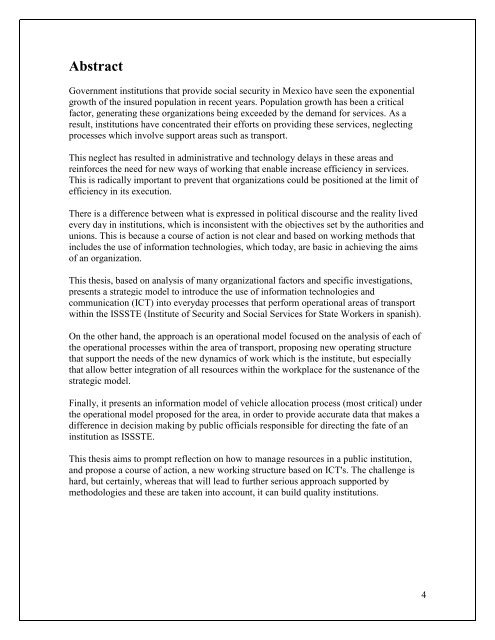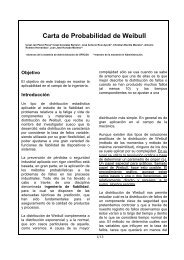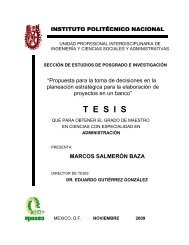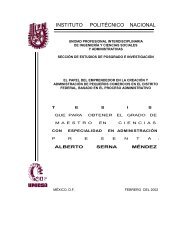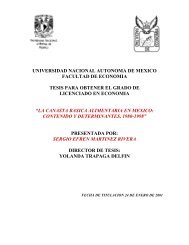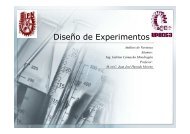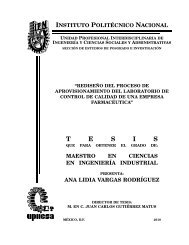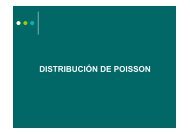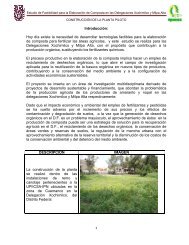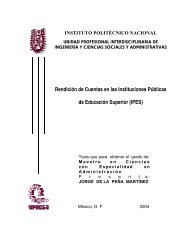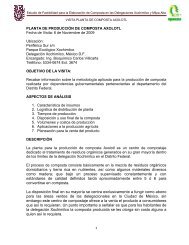INSTITUTO POLITÉCNICO NACIONAL
CapÃtulo I - Instituto Politécnico Nacional
CapÃtulo I - Instituto Politécnico Nacional
You also want an ePaper? Increase the reach of your titles
YUMPU automatically turns print PDFs into web optimized ePapers that Google loves.
Abstract<br />
Government institutions that provide social security in Mexico have seen the exponential<br />
growth of the insured population in recent years. Population growth has been a critical<br />
factor, generating these organizations being exceeded by the demand for services. As a<br />
result, institutions have concentrated their efforts on providing these services, neglecting<br />
processes which involve support areas such as transport.<br />
This neglect has resulted in administrative and technology delays in these areas and<br />
reinforces the need for new ways of working that enable increase efficiency in services.<br />
This is radically important to prevent that organizations could be positioned at the limit of<br />
efficiency in its execution.<br />
There is a difference between what is expressed in political discourse and the reality lived<br />
every day in institutions, which is inconsistent with the objectives set by the authorities and<br />
unions. This is because a course of action is not clear and based on working methods that<br />
includes the use of information technologies, which today, are basic in achieving the aims<br />
of an organization.<br />
This thesis, based on analysis of many organizational factors and specific investigations,<br />
presents a strategic model to introduce the use of information technologies and<br />
communication (ICT) into everyday processes that perform operational areas of transport<br />
within the ISSSTE (Institute of Security and Social Services for State Workers in spanish).<br />
On the other hand, the approach is an operational model focused on the analysis of each of<br />
the operational processes within the area of transport, proposing new operating structure<br />
that support the needs of the new dynamics of work which is the institute, but especially<br />
that allow better integration of all resources within the workplace for the sustenance of the<br />
strategic model.<br />
Finally, it presents an information model of vehicle allocation process (most critical) under<br />
the operational model proposed for the area, in order to provide accurate data that makes a<br />
difference in decision making by public officials responsible for directing the fate of an<br />
institution as ISSSTE.<br />
This thesis aims to prompt reflection on how to manage resources in a public institution,<br />
and propose a course of action, a new working structure based on ICT's. The challenge is<br />
hard, but certainly, whereas that will lead to further serious approach supported by<br />
methodologies and these are taken into account, it can build quality institutions.<br />
4


